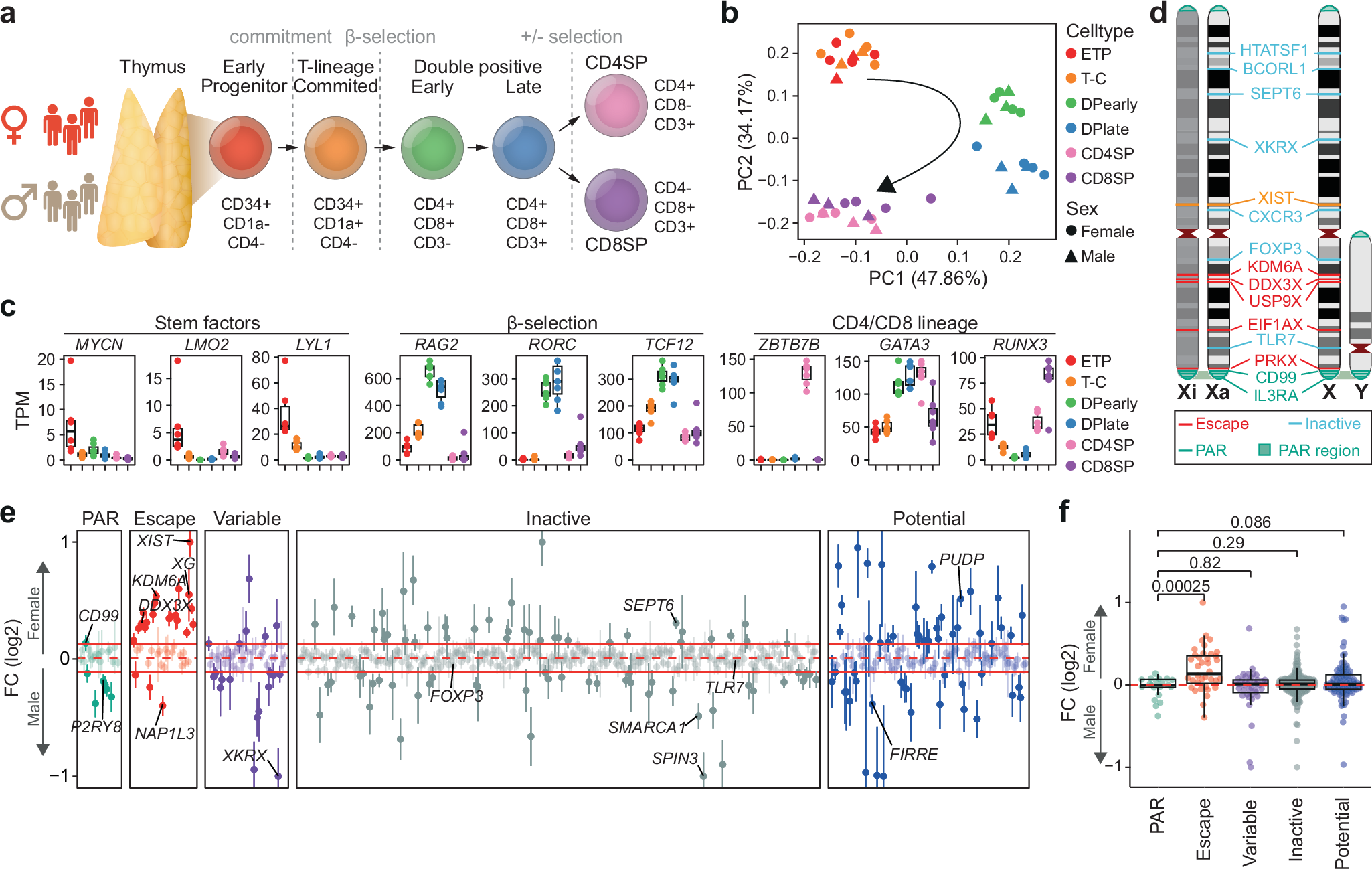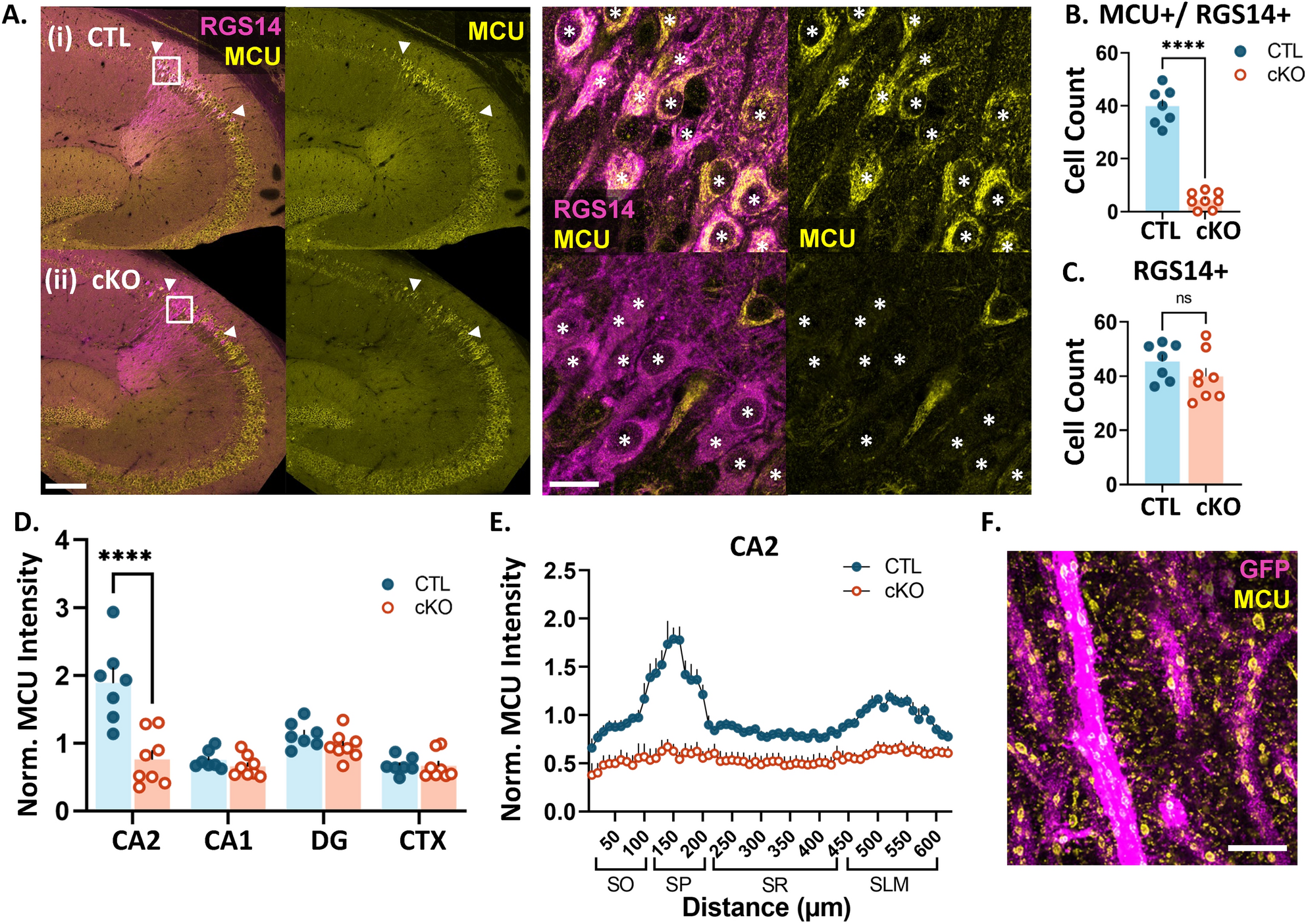2025-02-11 リンショーピング大学
<関連情報>
- https://liu.se/en/news-item/shedding-light-on-sex-differences-in-human-disease
- https://elifesciences.org/reviewed-preprints/102701v1
- https://www.nature.com/articles/s41467-024-54110-7
ヒトにおけるX染色体不活化の全生物的景観 A whole-organism landscape of X-inactivation in humans
Björn Gylemo,Maike Bensberg,Colm E Nestor
eLife Published:January 8, 2025
DOI:https://doi.org/10.7554/eLife.102701.1

Abstract
As females are mosaic for X-inactivation, direct determination of X-linked allelic expression in bulk tissues is typically unfeasible. Using females that are non-mosaic for X-inactivation (nmXCI) has proven a powerful and natural genetic system for profiling X-inactivation in humans. By combining allele-resolution data for one previously reported and two newly identified nmXCI females, we directly determined X-inactivation status of 380 X-linked genes across 30 normal tissues, including 198 genes for which XCI status is directly determined for the first time. Our findings represent a substantial advance in our understanding of human X-inactivation and will serve as a reference for dissecting the genetic origin of sex-bias in human traits. In addition, our study reveals nmXCI as a common feature of the human female population, with profound consequences for the penetrance and expressivity of X-linked traits in humans.
ヒトT細胞発生におけるX不活性化の様相 A landscape of X-inactivation during human T cell development
Björn Gylemo,Maike Bensberg,Viktoria Hennings,Christina Lundqvist,Alessandro Camponeschi,Dóra Goldmann,Huan Zhang,Aida Selimović-Pašić,Antonio Lentini,Olov Ekwall & Colm E. Nestor
Nature Communications Published:04 December 2024
DOI:https://doi.org/10.1038/s41467-024-54110-7

Abstract
Females exhibit a more robust immune response to both self-antigens and non-self-antigens than males, resulting in a higher prevalence of autoimmune diseases but more effective responses against infection. Increased expression of X-linked immune genes in female T cells is thought to underlie this enhanced response. Here we isolate thymocytes from pediatric thymi of healthy males (46, XY), females (46, XX), a female with completely skewed X-chromosome inactivation (46, XX, cXCI) and a female with Turner syndrome (45, X0). Using whole exome sequencing, RNA sequencing and DNA methylation data, we present a sex-aware expression profile of T cell development and generate a high-resolution map of escape from X-chromosome inactivation (XCI). Unexpectedly, XCI is transcriptionally and epigenetically stable throughout T cell development, and is independent of expression of XIST, the lncRNA responsible for XCI initiation during early embryonic development. In thymocytes, several genes known to escape XCI are expressed from only one X-chromosome. Additionally, we further reveal that a second X-chromosome is dispensable for T cell development. Our study thus provides a high-resolution map of XCI during human development and suggests a re-evaluation of XCI in sex differences in T cell function.

